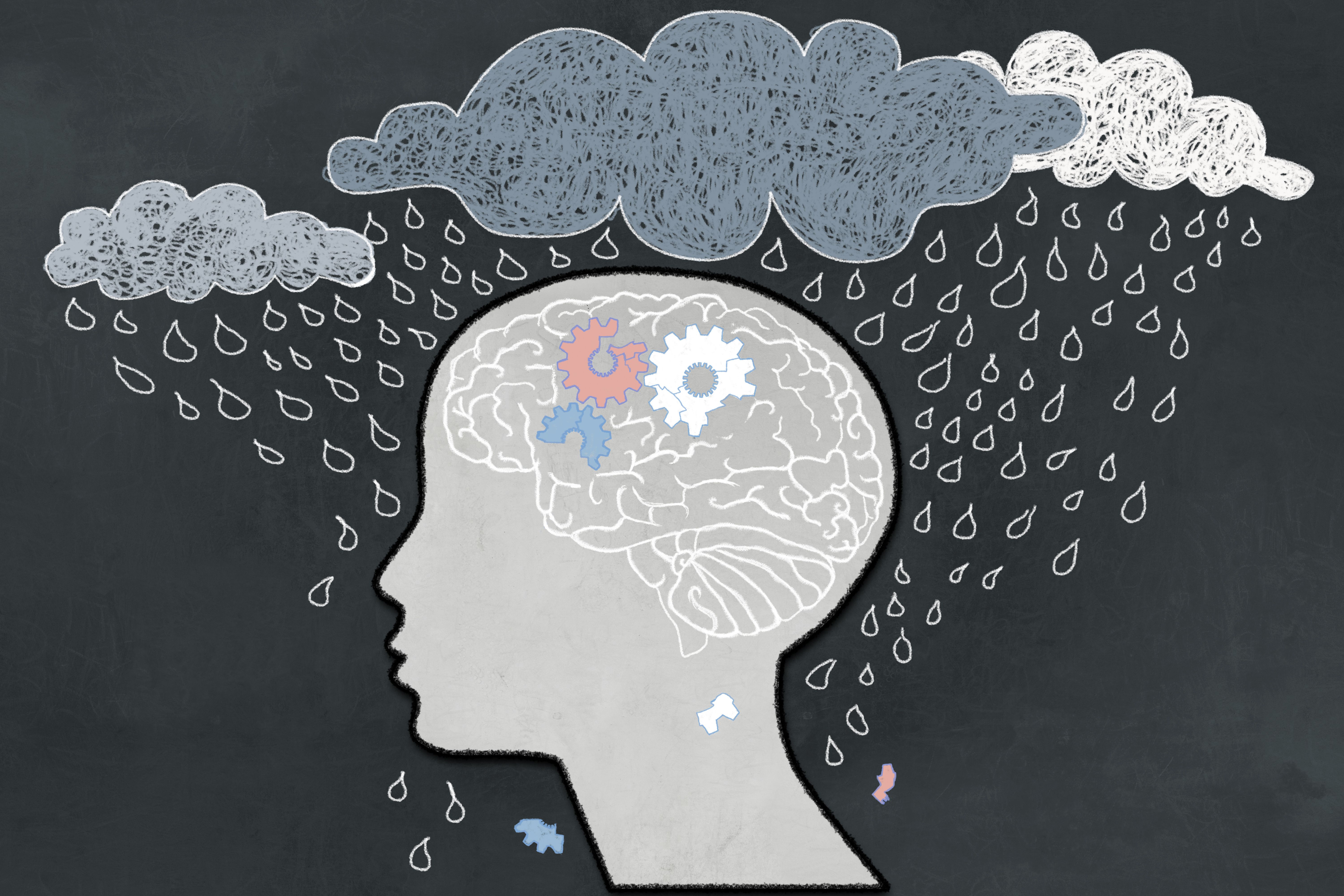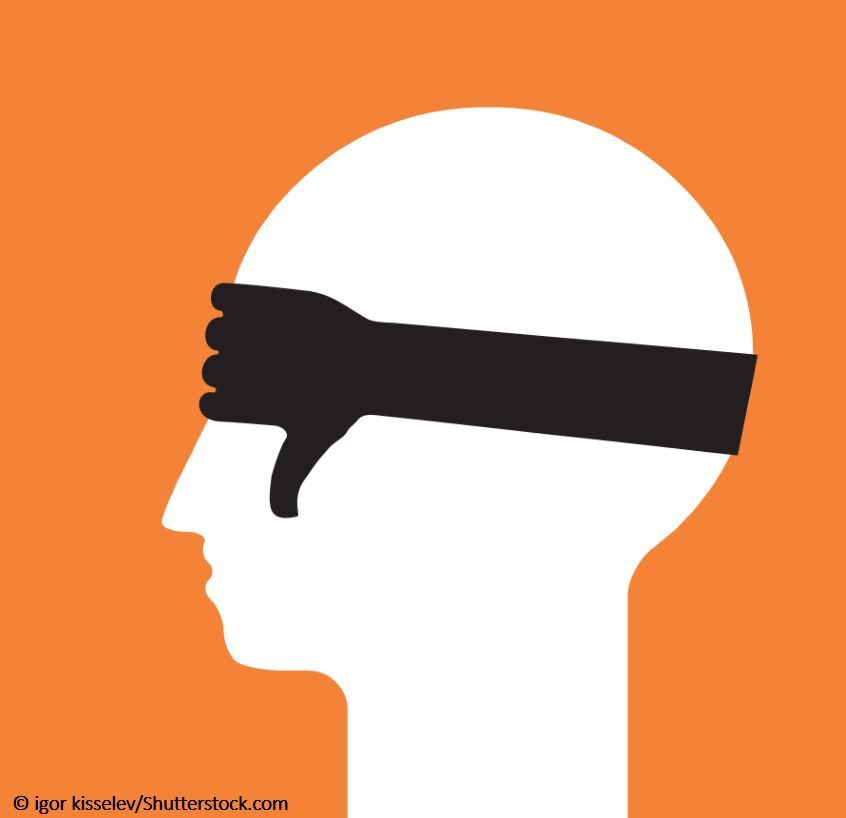Publication
Article
Psychiatric Times
Toward Credible Conflict of Interest Policies in Clinical Psychiatry
Author(s):
A recent letter to the American Psychiatric Association (APA) from Sen Chuck Grassley about the APA’s financial relationship with pharmaceutical companies raises concerns about undue industry influence.1 By instituting a disclosure policy for DSM-V, the APA took a halting first step in restoring public trust in the most influential text on psychiatric taxonomy in the world. Unfortunately, the APA’s efforts at creating a conflict of interest (COI) policy have failed to ensure that the process for revising diagnostic and therapeutic guidelines is one that the public can trust. The need for more safeguards was evidenced when the APA reported that of the 27 task force members of DSM-V, only 8 reported no industry relationships.2 The fact that 70% of the task force members have reported direct industry ties-an increase of almost 14% over the percentage of DSM-IV task force members who had industy ties-shows that disclosure policies alone, especially those that rely on an honor system, are not enough and that more specific safeguards are needed.
POINTLisa Cosgrove, PhD and Harold J. Bursztajn, MD
A recent letter to the American Psychiatric Association (APA) from Sen Chuck Grassley about the APA’s financial relationship with pharmaceutical companies raises concerns about undue industry influence.1 By instituting a disclosure policy for DSM-V, the APA took a halting first step in restoring public trust in the most influential text on psychiatric taxonomy in the world. Unfortunately, the APA’s efforts at creating a conflict of interest (COI) policy have failed to ensure that the process for revising diagnostic and therapeutic guidelines is one that the public can trust. The need for more safeguards was evidenced when the APA reported that of the 27 task force members of DSM-V, only 8 reported no industry relationships.2 The fact that 70% of the task force members have reported direct industry ties-an increase of almost 14% over the percentage of DSM-IV task force members who had industy ties-shows that disclosure policies alone, especially those that rely on an honor system, are not enough and that more specific safeguards are needed.
At first blush, it might appear that there is less reason for concern about industry influence on the development of guidelines on diagnosis than on treatment. But diagnosis informs treatment decisions. Hence, pharmaceutical companies have a vested interest in the structure and content of DSM, and in how the symptomatology is revised. Even small changes in symptom cri-teria can have a significant impact on what new (or off-label) medications may be prescribed. Public trust in the independence of clinical psychiatry is undermined if former DSM panel members are using-or are perceived as using-their participation on DSM to leverage lucrative consulting arrangements with the pharmaceutical industry or to funnel industry funding to their departments, associates, and programs (eg, exerting their influence on prescription practices through public speaking arrangements, such as industry-sponsored CME symposia).3
We need to remember that, as Louis Pasteur said, “serendipity favors the prepared mind.” That is, to the extent that DSM is constructed as a reliable diagnostic taxonomy that emphasizes relatively short-term, acontextual symptoms that tend to be insensitive to characterological variability in expression, it encourages overuse of diagnostic checklists. Among other things, diagnostic checklists provide the basis for outcome measures in clinical trials conducted by industry-funded researchers.4 These researchers then maintain that the “evidence-based research” speaks for itself, that the disorder has been validated, and that the new drugs and medical devices have been proven to treat the disorders effectively and safely.
Diagnostic checklists thus become established as good science and contribute legitimacy to the proliferation of new diagnoses and new medications. Therefore, although checklists can facilitate diagnostic reliability, too often they become self-serving industry tools and lead to inflated statistics about how many people are “suffering” from a disorder.5 They also make it more difficult for researchers and clinicians to consider context and individual variability. The end result of a diagnostic manual with acceptable reliability but limited validity is that it allows pharmaceutical companies to bring what has been referred to as “me-too” drugs to market-medications that are just different enough from existing pharmaceutical agents that they can be patent-protected. Many existing and “new” agents can be helpful in the short-term for symptomatic relief but also have increasing risks of adverse effects with long-term use, leading to a decreasing benefitto-risk ratio as time goes on. The relative neglect of psychodynamically informed narrative descriptions in DSM has led to it being of limited use in serving as a guide for psychodynamically informed treatment approaches whose benefit-to-risk ratio increases over time.6,7
Clearly, if the APA is to continue to be entrusted with the task of creating unbiased diagnostic systems and treatment guidelines, it must refocus attention on the issue of diagnostic validity and move beyond its current exclusive self-monitoring practice. To best ensure that psychiatric guidelines are objective and evidence-based, we offer the following recommendations:
1. In May 2008, the APA began the process of restoring credibility by naming all of the DSM panel members and making public all of the disclosures from work group members. Unfortunately, there are still work groups with a majority of members who have disclosed industry relationships. We recommend that the APA review the composition of these newly identified work groups and institute a policy that ensures that no panel has a majority of members with ties to the pharmaceutical industry. Also, a feasible and practical way to ensure balance and avoid undue influence is to have critics of industry actively recruited to be on the various panels.
2. In addition to disclosing direct financial relationships (eg, consultancies, honoraria), individuals should be required to disclose indirect support. These include support received by one’s institution in the form of pooled funds for academic departments, hospitals, and medi-cal schools. Unrestricted research grants (eg, the ties of associated principal investigators on joint research projects or family members who have received industry support) should be revealed.
3. Despite a requirement to disclose potential COIs, many individuals fail to do so-as researchers and investigative journalists have demonstrated. The threshold of disclosure should be consistent with the current standard for informed consent.8 Specifically, the industry ties and financial benefits that must be disclosed are those that a reasonable patient would want to know rather than what professionals generally tell their patients. (If a reasonable patient being treated according to an APA treatment guideline wants to know about an industry tie, then the individual should disclose this information. Such information should be disclosed even if most professionals or colleagues do not consider such a tie to be a COI.)
Transparency of potential COIs is critical for the conduct of psychiatric teaching, research, and clinical care. To restore public trust and protect patients’ welfare, the field must require more than the mere reporting of blatant COIs. We need to expand the scope for disclosure, develop patient-centered policies, and eventually have diagnostic and treatment guidelines produced by an organization that is not beholden to industry funding.
COUNTERPOINTDavid J. Kupfer, MD and Darrel A. Regier, MD, MPH
Drs Cosgrove and Bursztajn are critical of COI policies for individuals involved in the development of DSM-V. We share the desire for a transparent process and an unbiased DSM-V. Our goal is an evidence-based DSM-V manual that is useful to clinicians and patients.
However, in alleging bias in this process, Drs Cosgrove and Bursztajn reflect biases of their own that should not go unchallenged.
The first is the assumption that something has been proved to be wrong, or will be proved to be wrong, about financial relationships between the APA and the pharmaceutical industry. Sen Grassley requested financial data related to these relationships from a number of medical specialty societies, including the APA. There was no accusation of wrongdoing. The APA responded fully to the senator’s request and has received no feedback from him. The pharmaceutical industry contributes no funds for the development of DSM-V. In fact, most APA revenue received from the pharmaceutical industry is for advertising in journals or newsletters such as Psychiatric News. Many publications, including Psychiatric Times, receive significant advertising revenue without any assumption of bias.
Second, the authors claim that the public has lost trust in DSM because pharmaceutical industry ties of members of the DSM-IV Task Force in the late 1980s and early 1990s inappropriately influenced the validity of the diagnostic criteria. In an earlier article by Dr Cosgrove,3 she and her colleagues retrospectively investigated disclosures made by DSM-IV Task Force members after the publication of DSM-IV-such as industry support for research, consultations, or CME presentations. Without offering any supporting evidence, the authors then asserted that such links prove that the reputation of DSM-IV was damaged. This is a classic “guilt by association” logical and ethical fallacy.
Third, the authors assume that the public sees all connections between academic psychiatry and the pharmaceutical industry as inappropriate. They seem not to appreciate or understand how the collaborative relationships among government, academia, and industry are vital to the current and future development of pharmacological treatments for mental disorders.
The pharmaceutical industry operates in a highly competitive market, but it is also a regulated industry that has seen changes in the regulatory processes to address emerging problems. However, for those whose ideological beliefs about mental disorders do not include a role for medication and who reduce the emergence of explicit diagnostic criteria with DSM-III to nothing more than a checklist “that allows pharmaceutical companies to bring ‘me-too’ drugs to market,” there is little possibility that any change in DSM-V will be satisfactory.
The authors lament “the relative neglect of psychodynamically in-formed narrative descriptions in DSM.” Although the hope was that research could test and confirm the value of these descriptions, the authors’ references to their own publications on the efficacy of psychodynamic treatment are not comparable to the massive evidence for the efficacy of other psychotherapies, such as CBT and IPT, and pharmacological treatments that have been facilitated by the DSM framework.6,7
In the recommendations section of their letter, the authors start with the unproven assertion that the APA and DSM have lost credibility and the mistaken assumption that the public disclosure of members of the DSM-V Task Force was an attempt to restore credibility. The authors failed to recognize that at the time DSM-IV was developed in the late 1980s and early 1990s, there was no policy for public disclosure of financial interests in any journal, publication, or annual meeting-all of these policy changes occurred after 1994. The disclosure policy for DSM-V follows current disclosure standards, with added limitations developed by the APA Board of Trustees on the total amount of industry funding that a participant can receive. Public posting of the members’ disclosures was a voluntary effort by the APA to demonstrate its commitment to and agreement with the need to limit potential industry bias in the development of DSM-V.
Given the authors’ now well-documented antimedication and anti-industry bias, it is clear that they would prefer to have no one on the DSM-V Task Force or Work Groups with any connection to industry. However, we believe that careful attention to potential conflicts of interest, including those of individuals committed to a single school of psychotherapeutic intervention or approach, will inform diagnostic revisions with a broad scientific base that has been greatly enlarged and facilitated by the definitions of mental disorders provided since the release of DSM-III. This includes geneticists who are looking closely at the future feasibility of having genetically informed, specific pharmacological treatments for treatment-resistant depression in the same manner that such genetically informed pharmacological treatments are now available for certain forms of breast cancer. In one of their references, the authors note approvingly of our published interest in considering more dimensional, developmental, and culturally sensitive expressions of mental disorders in DSM-V.7
We invite Drs Cosgrove and Bursztajn and the readers of Psychiatric Times to monitor the most inclusive and transparent developmental process in the 60-year history of DSM at our Web site-and to submit any additional recommendations for the process or content of this collaborative scientific effort.
References:
1. Moran M. Senator wants APA records of drug-industry interactions. Psychiatr News. 2008;43:1-3.
2. APA names DSM-V Task Force Members: Leading Experts to Revise Handbook for Diagnosing Mental Disorders. http://www.prnewswire.com/cgi-bin/stories.pl?ACCT=104&STORY=/www/story/07-23-2007/0004630623&EDATE=. Published July 23, 2007. Accessed November 2, 2008.
3. Cosgrove L, Krimsky S, Vijayraghavan M, Schneider
L. Financial ties between DSM-IV panel members and the pharmaceutical industry. Psychother Psychosom. 2006;75:154-160.4. Moynihan R. The making of a disease: female sexual dysfunction. BMJ. 2003:326:45-47.
5. Cosgrove L, Pearrow M,Anaya M.The alliances between the DSM and Big Pharma: implications for sexology and psychiatry. Fem Psychol. In press.
6. Bursztajn HJ, Feinbloom RI, Hamm RM, Brodsky A. Medical Choices, Medical Chances: How Patients, Families, and Physicians Can Cope with Uncertainty. Lincoln, NE: iUniversity Press; 2000.
7. Gopal AA, Bursztajn HJ. DSM biases evident in clinical training and courtroom testimony. http://www.psychiatricannalsonline.com/showPdf.asp?rID=23800. Published September 2007. Accessed November 2, 2008.
8. Canterbury v Spence, 464 F2d 772 (DC Cir 1972)





